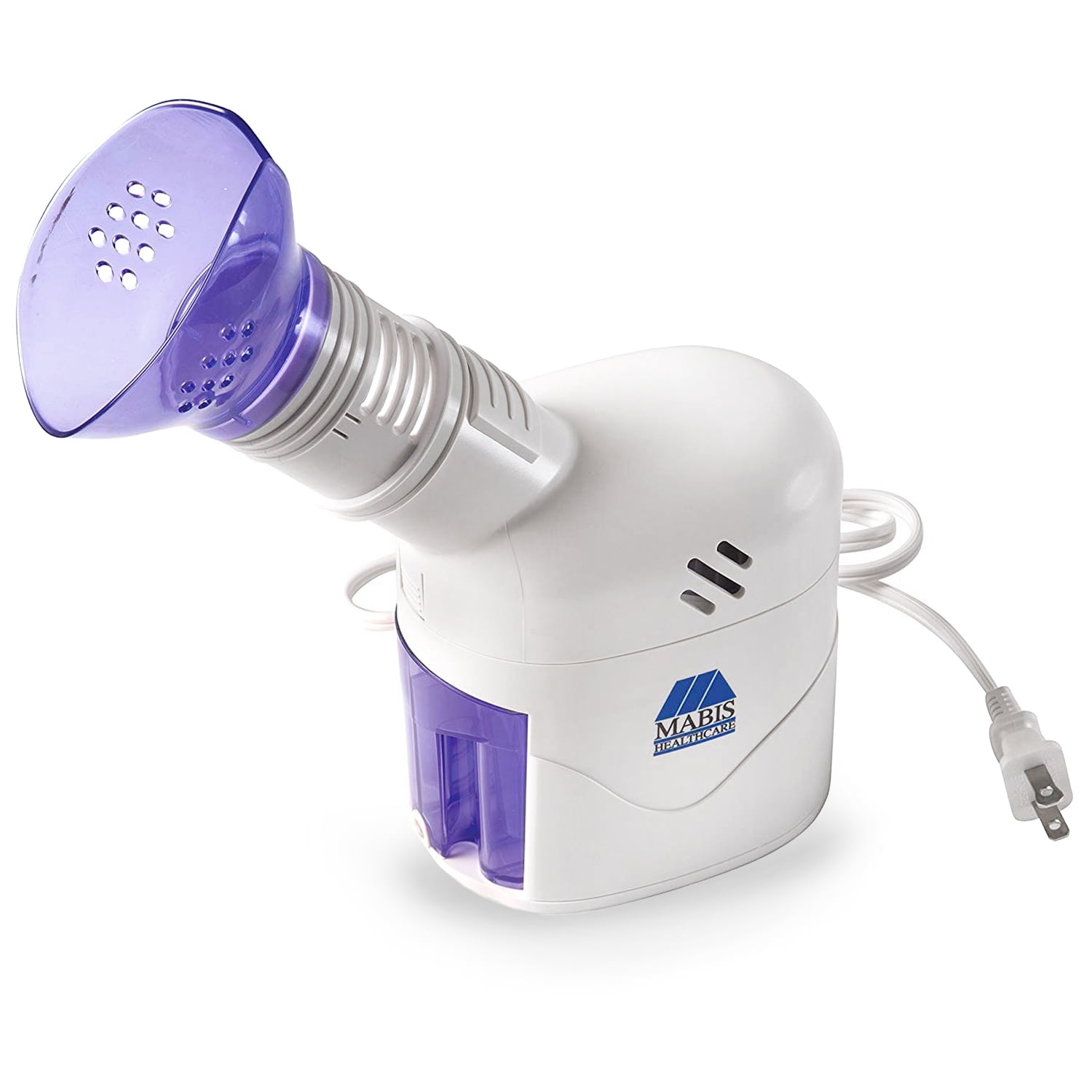How much protein intake daily for healthier human life?
- The Dietary Guidelines for Americans recommend that adults consume 5 to 6.5 ounces (142 to 184 grams) of protein foods per day.
- This includes a coalescence of lean meats, poultry, seafood, and dairy products. It is consequential to optate lean sources of animal protein to minimize the saturated adipose intake and promote heart health.
- The percentage of animal protein in one's diet can vary depending on individual preferences, cultural practices, and dietary choices.
- It's important to note that the overall composition of a balanced diet should consider not only protein but also other macronutrients (carbohydrates and fats) as well as vitamins, minerals, and fibre.
- While there is no specific recommended percentage for animal protein in the diet, some dietary guidelines suggest that animal protein should make up around 10-35% of total daily caloric intake.
- For individuals following vegetarian or vegan diets, plant-predicated protein sources become the primary focus. The recommended daily intake of plant protein is kindred to animal protein.
- Plant proteins may have lower bioavailability or lower calibres of concrete amino acids, it is generally recommended to consume scarcely more plant protein to ascertain adequate intake. Aim for around 6 to 7 ounces (170 to 198 grams) of plant protein per day plant protein is essential for human health.
- Whole grains, legumes, nuts, seeds, and other plant-based protein sources are frequently high in vital elements. Along with protein, they also include fibre, phytochemicals, vitamins (including folate, vitamin E, and vitamin C), minerals (such as iron, magnesium, and potassium), and vitamins (like vitamin C).
- These nutrients support several body processes and contribute to overall wellness.
- Plant proteins are lower in saturated fat and cholesterol than many animal protein sources.
- Heart disease and other health issues have been associated with diets rich in saturated fat and cholesterol. People might perhaps improve their cardiovascular health by consuming less saturated fat and cholesterol and more plant protein.
- Plant protein sources frequently contain significant levels of dietary fibre, which has several positive health effects. Fibre encourages satiety, aids in weight control, and aids in digestive regulation.
- Additionally, it contributes to preserving normal levels of cholesterol and blood sugar, lowers the chance of developing some malignancies, and supports healthy gut microbiota.
- Numerous forms of plant-based protein include phytochemicals that have antioxidant and anti-inflammatory effects. These substances can support cellular defence, lessen bodily inflammation, and promote general health and illness prevention.
- Sustainability of the environment: Compared to animal-based proteins, plant-based proteins have a smaller negative influence on the ecosystem. Land, water, and feed are among the several resources needed for raising animals for the production of meat.
- People may help to reduce their carbon footprint and promote sustainable food systems by including more plant protein in their diets. It's vital to remember that eating a balanced, diverse diet is essential to satisfying everyone's nutritional demands.
- A variety of nutrients required for optimum health may be obtained by combining various plant protein sources with a variety of fruits, vegetables, whole grains, and healthy fats.
- You can make sure that your plant-based diet satisfies your unique nutritional needs by speaking with a qualified dietitian or nutritionist.
It's worth noting that these are general recommendations, and individual protein needs may vary. Athletes, gravid or breastfeeding individuals, and those recuperating from certain medical conditions may require higher protein intakes.
Accordingly, a dietitian or a nutritionist can provide personalized guidance predicated on your categorical needs and goals.
Recollect that achieving a balanced diet is essential, and it's propitious to consume a variety of protein sources, both animal and plant-predicated, to ascertain a wide range of essential amino acids and other nutrients.
.png)
.png)
.png)

.png)
.png)
.png)
.png)
.png)
.png)
.png)
.png)
.png)
.png)
.png)
.png)







.png)

.png)

.png)



.png)
.png)

%20(1).png)
.png)
%20(2).png)
